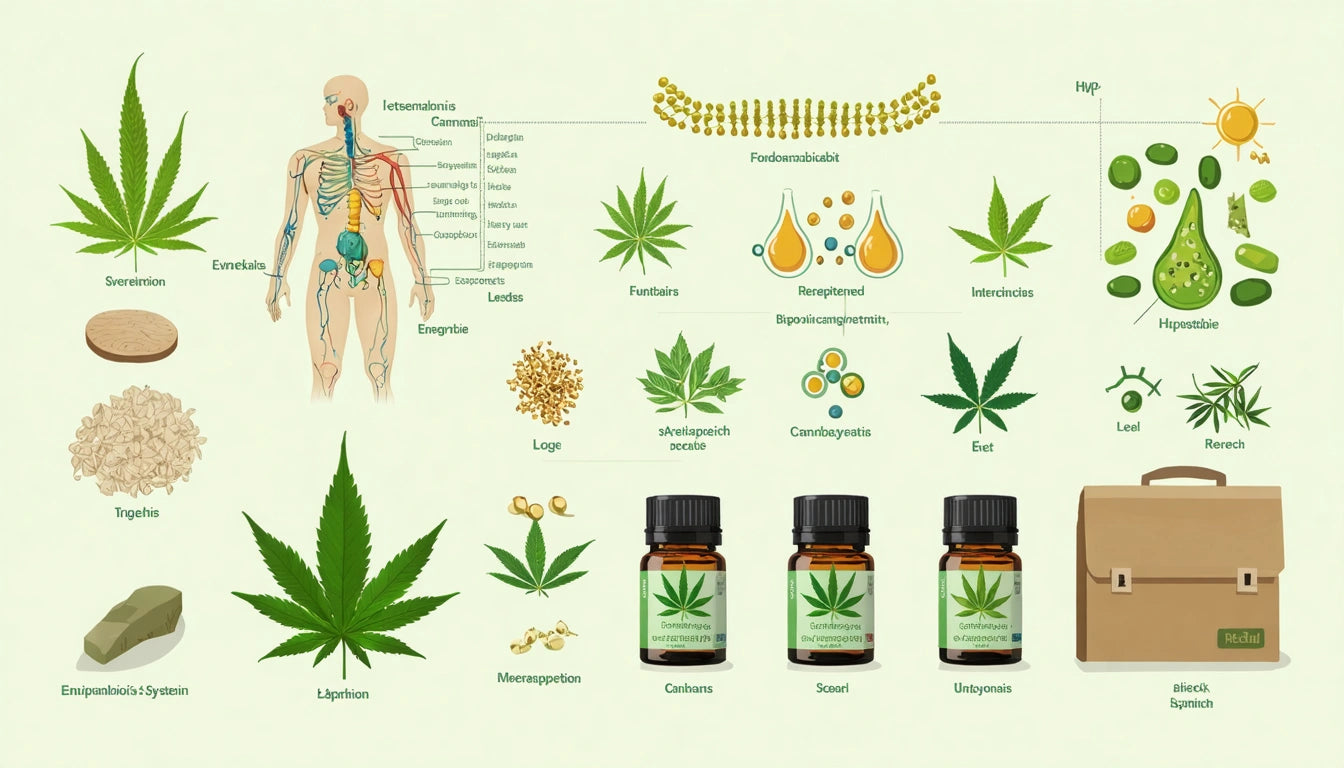Table of Contents
Cannabis brands face unique challenges when developing their visual identity and packaging. Unlike most consumer products, cannabis packaging must navigate a complex web of regulations that vary by jurisdiction while still attempting to create memorable brand experiences. These restrictions often limit color choices, imagery, typography, and overall design freedom.
Regulatory Landscape: How Packaging Laws Restrict Brand Expression
Cannabis packaging regulations vary significantly across North America, creating a patchwork of requirements that brands must navigate. In Canada, federal regulations impose strict plain packaging rules that severely restrict brand expression, as detailed in this overview of Canadian plain packaging rules.
In the United States, regulations vary by state, with some jurisdictions imposing strict limitations while others allow more creative freedom. This state-by-state guide highlights the varying degrees of restriction across America.
Key Regulatory Limitations
- Prohibition of imagery appealing to minors
- Mandatory warning symbols and text
- Restrictions on colors and graphics
- Requirements for opaque or translucent packaging
- Limitations on package size and shape
These regulations create significant hurdles for brands trying to stand out in increasingly competitive markets. According to research on common compliance mistakes, many brands struggle to balance regulatory requirements with effective branding.
Common Aesthetic Limitations in Cannabis Packaging
Cannabis packaging laws typically restrict several key elements of visual branding:
Color Restrictions
Many jurisdictions limit the use of bright colors that might appeal to children. For example, Canada's plain packaging rules restrict the use of metallic or fluorescent colors, forcing brands to work with muted palettes.
Imagery Constraints
Regulations often prohibit images of people, animals, or cartoons that might appeal to minors. This eliminates many traditional branding approaches used in other industries.
Typography Limitations
Some regions restrict font styles and sizes, with warning text often required to be larger than brand elements. This creates design imbalances that brands must work around.
Required Elements
Mandatory warning symbols, THC icons, and health warnings consume valuable package space. This comparison of labeling requirements shows how these elements can dominate packaging design.
Creative Workarounds for Brand Expression
Despite these limitations, innovative brands have found creative solutions to express their identity while remaining compliant:
Structural Differentiation
When surface graphics are limited, the physical structure of packaging becomes crucial. Brands can differentiate through unique container shapes, opening mechanisms, or tactile elements. Many brands use specialized mylar bags for eighth quantities that feature distinctive shapes or closure systems while maintaining child-resistance requirements.
Texture and Material Innovation
When color and imagery are restricted, texture becomes an important branding element. Embossing, debossing, soft-touch finishes, and material choices can create distinctive tactile experiences that reinforce brand identity.
Strategic Use of White Space
Embracing minimalism can turn regulatory limitations into a design advantage. Brands like Dosist and Canndescent have made simplicity their signature, using clean layouts and ample white space to create sophisticated packaging that stands out precisely because it doesn't try to overwhelm.
Secondary Packaging
While primary packaging (what directly contains the product) faces strict regulations, secondary packaging often has more flexibility. Brands can use outer boxes, bags, or sleeves to express their visual identity more freely, as seen in these visual examples of compliant packaging approaches.
Balancing Compliance and Brand Identity
Successful cannabis brands maintain their identity while navigating regulations through several strategies:
Working with Compliance Experts
Partnering with packaging suppliers who understand regulations is essential. This guide on working with compliance-ready suppliers highlights the importance of choosing partners who can navigate regulatory requirements while supporting brand objectives.
Consistent Brand Elements
When visual elements are restricted, consistency becomes crucial. Using the same limited color palette, typography, and structural elements across all products helps build brand recognition despite regulatory constraints.
Investing in Compliance Tools
Staying ahead of changing regulations requires dedicated resources. Compliance software and management tools can help brands track requirements across different markets and ensure packaging remains compliant as rules evolve.
Cross-Border Considerations
Brands operating in multiple jurisdictions face additional challenges. This cross-border compliance guide outlines strategies for maintaining brand consistency while meeting different regulatory requirements.
The Future of Cannabis Branding Under Evolving Regulations
As the cannabis industry matures, packaging regulations continue to evolve. Forward-thinking brands are preparing for these changes in several ways:
First, they're developing flexible branding systems that can adapt to changing regulations without losing core identity elements. This might include modular design approaches that can be adjusted for different jurisdictions.
Second, they're advocating for reasonable regulations through industry associations and direct engagement with regulators. By demonstrating responsible branding practices, these companies hope to influence future regulatory frameworks.
Finally, they're investing in consumer education and experience beyond the package itself. When packaging options are limited, brands are focusing on building identity through retail environments, digital experiences, and community engagement.
The most successful cannabis brands view regulatory constraints not as limitations but as creative challenges that push them to develop more innovative, meaningful ways to connect with consumers. By focusing on quality, authenticity, and thoughtful design within regulatory boundaries, these brands are redefining what effective packaging can achieve in a highly regulated industry.











Leave a comment
All comments are moderated before being published.
This site is protected by hCaptcha and the hCaptcha Privacy Policy and Terms of Service apply.